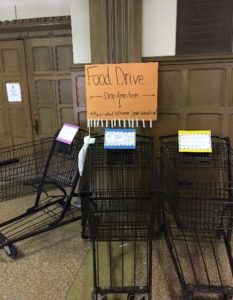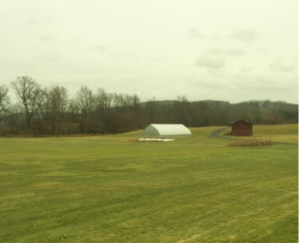Low Rates of Rural Students Enrolling in College Cause Concern
One out of every four schools in the U.S. is considered rural, and these schools serve nearly nine million students according to a report from the Rural School and Community Trust.
Rural students have both higher overall graduation rates than the national average and perform better than their urban and suburban peers on National Assessment of Educational Progress (NAEP) tests. Yet, according to the Department of Education’s National Center for Education Statistics, just 29 percent of 18- to 24-year-olds from rural areas are enrolled in some form of higher education as compared with 48 percent of their suburban and urban peers.
Numerous factors can account for these seemingly contradictory trends among rural students. Barriers to college enrollment, as outlined in a recent article featured in the Atlantic, include economic, geographic, and historical factors. The sprawling geography of rural communities may mean difficulties in adequately distributing resources to students. In addition, due to their more remote location, rural schools often have difficulties in attracting highly-qualified staff members. Such challenges are compounded by the increasing prevalence of mental health issues, poverty, and substance abuse plaguing rural areas across the country.
Rural Schools Beating the Odds
Despite these challenges, some rural schools do beat the odds. NYKids’ recent report examines four such rural schools in different regions across New York State:


Practices to Prepare Youth for College or Career
Although these schools faced similar barriers as those outlined above, they implemented the following practices to better prepare young people for college or career:
1. Attending to social-emotional and economic priorities
We’re a family. – support staff, Sherburne-Earlville

Educators at odds-beating rural schools recognized the ways that mental health concerns and economic deprivation could negatively impact students’ success in school.
What did they do? Sherburne-Earlville, for example, educators added additional school counselors and social workers and houses a doctor and dentist on school grounds so that students can receive medical care without missing class time. And, taking a compassionate approach, educators at Alfred-Almond invite dialogue with students about why they missed an assignment or were late to school rather than simply punishing them.
2. Creating well-rounded learners ready for life after high school
I want that whole package there. We also have the sports, and we have the theater, and we have technology club…science Olympiads. – principal, Maple Grove

At odds-beating rural schools, educators emphasized a wide range of activities to supplement academics. At Crown Point, for example, educators described efforts to bring students to college campuses, museums, and theaters. Likewise, at Maple Grove, students were provided copious opportunities for extracurricular activities such as sports, music, art, and clubs.

In response to needs identified by the community, Sherburne- Earlville High School constructed a greenhouse on school property with the help of a local yogurt manufacturer in order to give students more hands-on agricultural experience.
3. Early and consistent focus on college readiness
I think the importance is that every kid knows there’s a possibility of something to continue their education after they graduate from here, and that philosophy starts as young as in Pre-K. – teacher, Crown Point
Educators at rural schools promoted college readiness through rigorous college-level Advanced Placement and International Baccalaureate courses and began college visits and planning as early as sixth grade.

At Alfred-Almond, for instance, partnerships with local colleges proved to be a valuable lever in promoting college enrollment among graduates. Through Crown Point’s “College for Every Student” program, educators and support staff worked together to ensure all students had access to post-secondary education.
Read individual case studies of each rural school:
